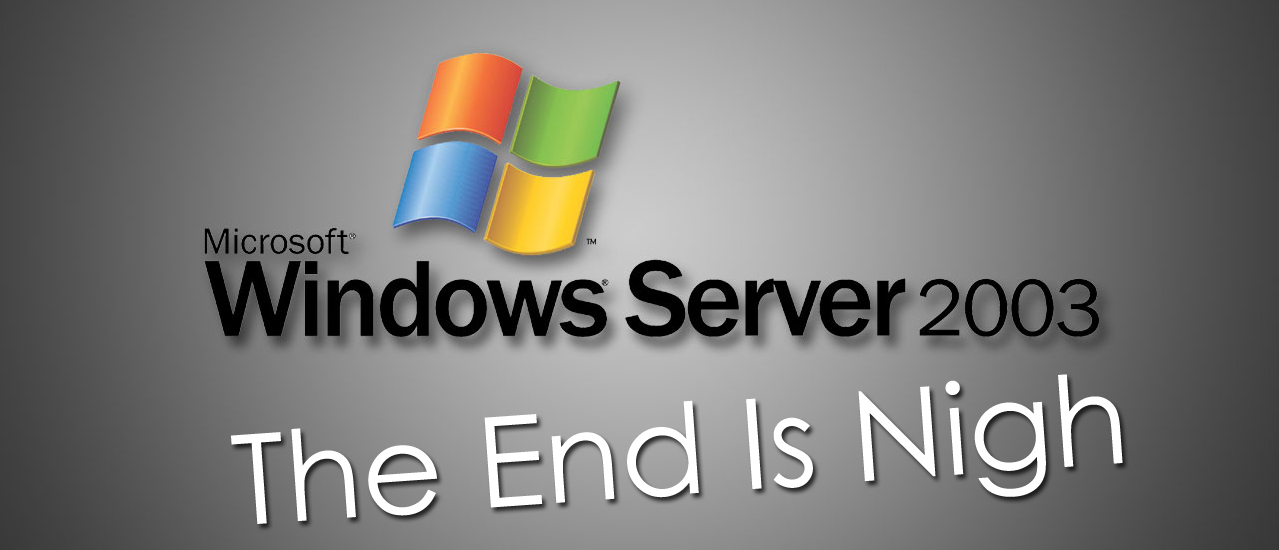Technology will transform any business but as it moves at such an exponential pace, some companies find it hard to keep up and can become a dinosaur before they know it. Staying up to date with the rapid rate of technological change is a necessity for any company wanting long term stability and growth. So with Microsoft pulling the plug on Windows Server 2003 after July 14th 2015, now is the time to take steps and plan to protect your valuable infrastructure through a migration plan. Because after that date, businesses will not get any extended support – no automatic updates, no security fixes and no help from Microsoft. According to Hewlett Packard, the largest OEM for Microsoft, there are an estimated 11 million systems still running the 12 year old operating system.
What does that lack of extended support mean? For a start companies do more and more business on line so if your operating system is out of date, you are vulnerable to viruses, malware and spam emails. This can spell disaster for mission-critical data stored on company systems and will ultimately cost companies on the bottom line. Security fixes are one of the most critical fixes for your servers and these will no longer be delivered to Windows Server 2003 system users. Customers will no longer be able to contact Microsoft for help if there is a problem with a server or an outage. Then there is the issue with 12 year old applications which fail to run properly and are past their support life. And for companies in a regulated industry such as the payment card industry or healthcare they will no longer be in compliance – resulting in fines or being cut off from trading partners.
Think about how far we have come since 2003. Smartphones and mobile apps were only just being adopted. But now in 2015 we have smartphones that are more powerful than the original Microsoft Server 2003 memory and processor requirements.
With less than 4 months to go, the end of Microsoft Windows Server 2003 is coming alarmingly fast so it is in your best interests to modernise your business by moving to a newer version of Windows, such as Windows Server 2012 R2, Office 365 and/or Azure, and prepare for the next generation of computers.


0 Comments
Leave A Comment